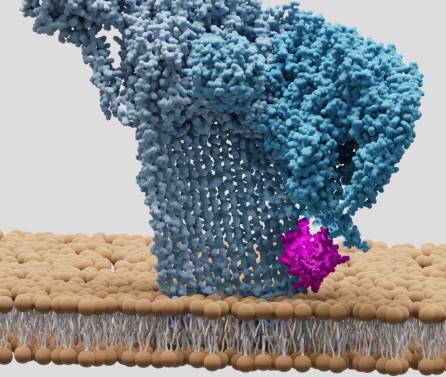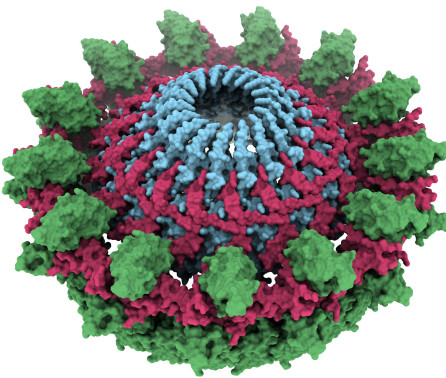BibTex format
@article{MacDonald:2013:10.1371/journal.pone.0065770,
author = {MacDonald, JT and Kelley, LA and Freemont, PS},
doi = {10.1371/journal.pone.0065770},
journal = {PLOS One},
title = {Validating a Coarse-Grained Potential Energy Function through Protein Loop Modelling},
url = {http://dx.doi.org/10.1371/journal.pone.0065770},
volume = {8},
year = {2013}
}

